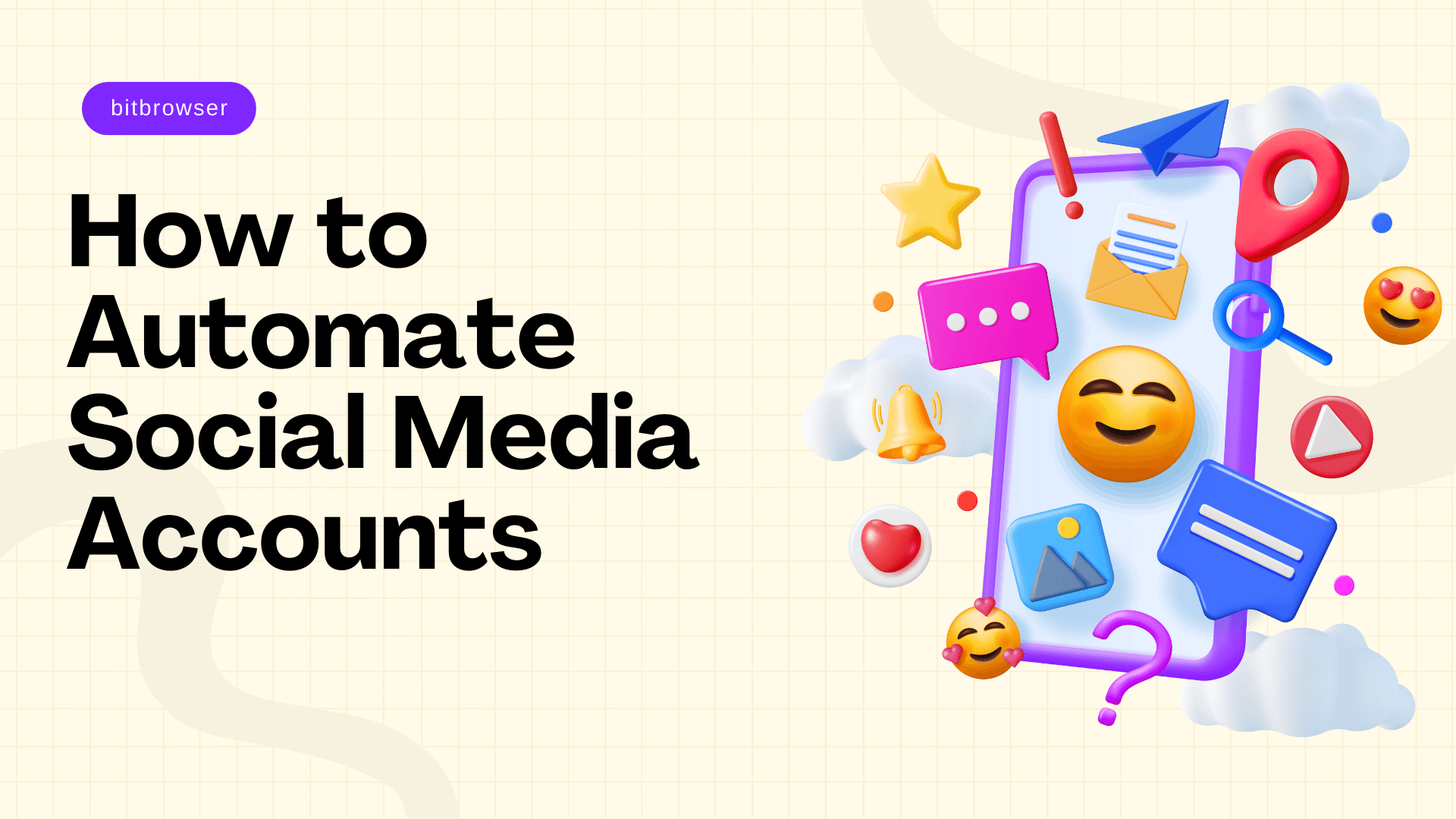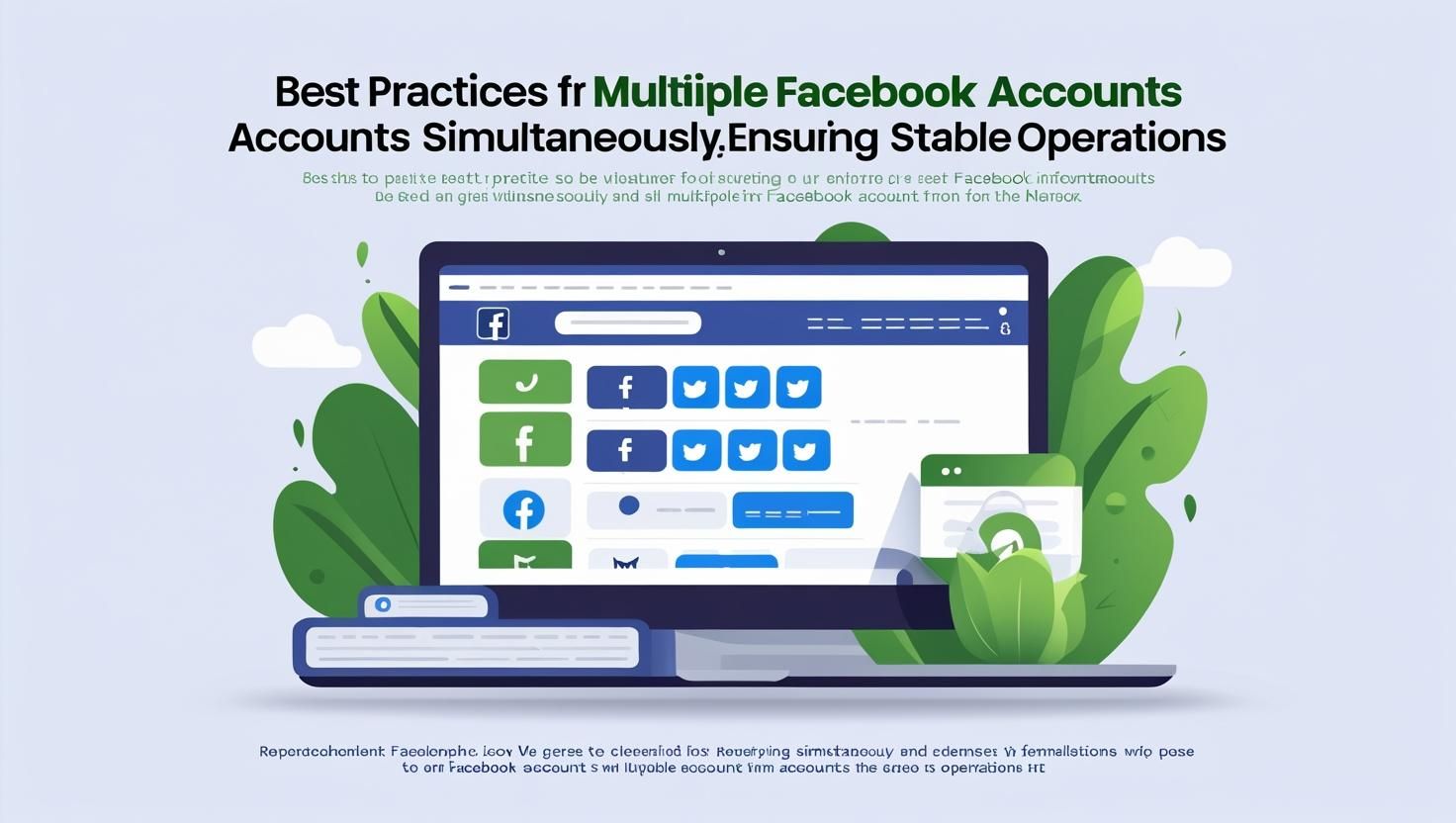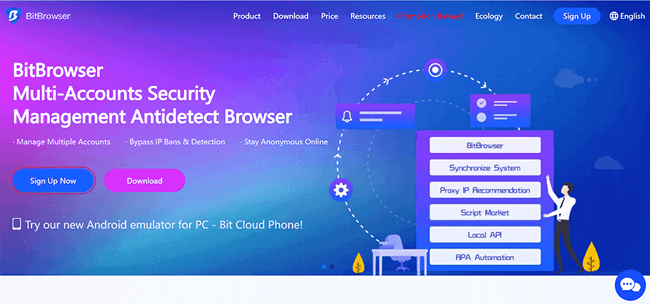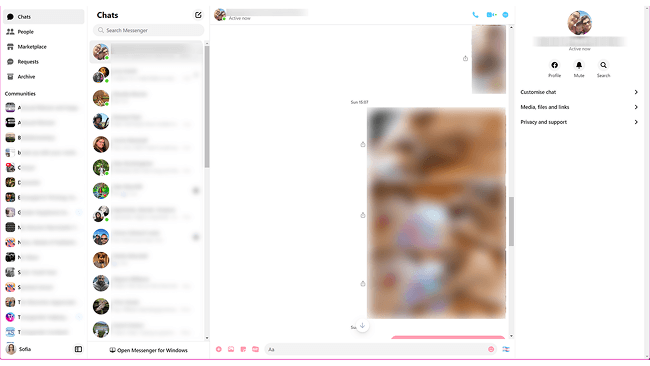


Building a Brand Reputation Monitoring Tool with SDK in 2025
 2025.10.01 23:14
2025.10.01 23:14In today’s hyper-connected world, a company’s reputation can change overnight. A viral tweet, a critical Reddit thread, or a sudden wave of negative reviews can damage trust and brand value. For this reason, businesses in 2025 are investing heavily in brand reputation monitoring tools that track online mentions, analyze sentiment, and provide real-time alerts.
The good news? With modern SDKs and AI models, you don’t need to build such a system from scratch. You can integrate data collection, sentiment analysis, and alerting into a single streamlined workflow.
Why Reputation Monitoring Matters
- Speed of information – News travels instantly across platforms.
- Impact on sales – Studies show that negative reviews can cut revenue by up to 20%.
- Customer trust – Modern buyers research before purchasing; online perception shapes decision-making.
- Crisis management – Detecting a surge of negative mentions early helps prevent PR disasters.
Challenges Companies Face
- Information overload – Thousands of posts, reviews, and tweets appear daily.
- Multiple data sources – Social media, forums, news outlets, and blogs.
- Multilingual mentions – Global brands need to understand reputation across languages.
- Detecting context – Not every negative word is a complaint; nuance matters.
This is where AI-powered SDKs bring real value.
How SDKs + AI Help
Modern SDKs, like the OpenAI SDK, allow developers to process large volumes of text and extract key insights:
- Sentiment analysis – Classify mentions as positive, neutral, or negative.
- Entity extraction – Identify which product, brand, or person is being discussed.
- Summarization – Quickly understand the core issue in a long post.
- Multilingual support – Automatically analyze mentions in English, French, Spanish, and more.
By embedding these features into a monitoring system, businesses get real-time visibility into their reputation.
System Architecture Overview
A modern brand monitoring tool usually consists of five layers:
- Data Collection – APIs from Twitter/X, Reddit, News, Trustpilot, or custom crawlers.
- Processing Layer – Cleans raw text and runs analysis using an AI SDK.
- Database Storage – Saves mentions, scores, and metadata (PostgreSQL/MongoDB).
- Alerting Engine – Detects spikes in negative mentions and triggers email/Slack alerts.
- Dashboard – A frontend (React/Next.js) to visualize sentiment trends and entities.Step-by-Step Example (Using OpenAI SDK + Node.js)
- Ingest Data
Collect mentions via APIs and push them into a queue or directly into a database. Analyze Sentiment
const analysis = await openai.chat.completions.create({ model: "gpt-5-mini", messages: [{ role: "user", content: `Analyze sentiment of this text: "${text}". Return JSON with sentiment (POS/NEU/NEG), score (-1..+1), and entities.` }] });- Store & Alert
Save results into a database. If too many negative mentions appear within a short time, send alerts via Slack or email. - Visualize Trends
Use charts and tables to show reputation trends over time.
Benefits of This Approach
- Real-time protection – Detect crises before they escalate.
- Data-driven insights – Identify which products or regions generate the most complaints.
- Scalable – Works for small startups or large enterprises.
- Customizable – Add multilingual support, competitor monitoring, or advanced analytics.
Conclusion
Brand reputation is one of the most valuable business assets in 2025. With SDKs and AI, companies no longer need to manually monitor endless streams of social posts and reviews. Instead, they can rely on automated reputation monitoring tools that provide real-time alerts, actionable insights, and a clear view of public perception.
Whether you are a startup or a global enterprise, building such a system today gives you a significant advantage tomorrow.
 petro
petro
 Multi-Account Management
Multi-Account Management Prevent Account Association
Prevent Account Association Multi-Employee Management
Multi-Employee Management



